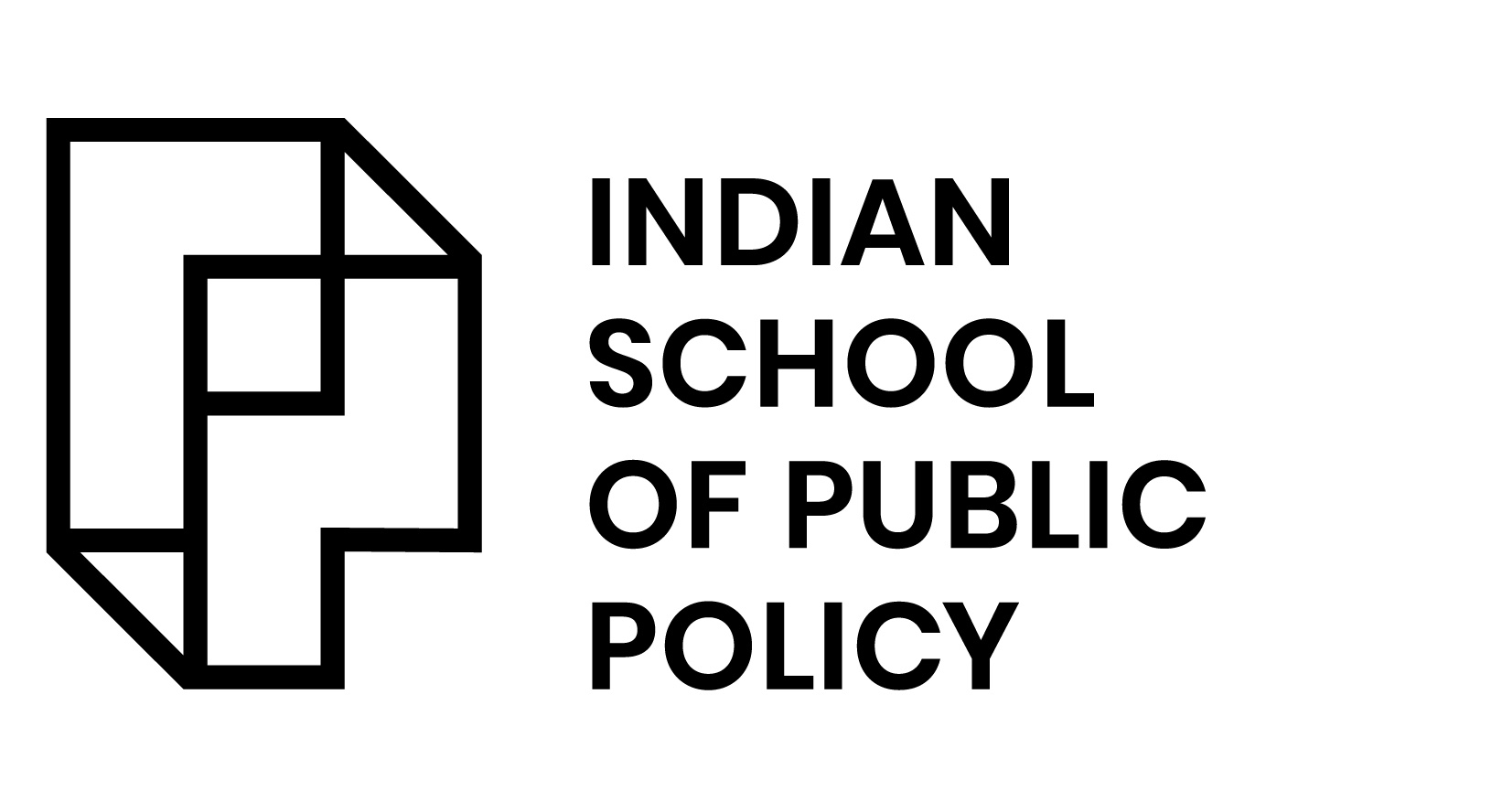
Streamlining Access: India’s One Nation, One Subscription Initiative

The Union Cabinet, led by the Prime Minister Shri Narendra Modi, has approved the ‘One Nation One Subscription’, a new Central Sector Scheme for providing country-wide access to scholarly research articles and journal publications.
India spends a whopping ₹1,500 crore annually on reading research from journals (The Hindu, 2024). Currently, the higher educational institutes(HEIs) can access journals through 10 library consortiums, managed by various ministries, which are groups of two or more libraries that collaborate to share resources.
Background
In February 2019, the then Principal Scientific Advisor to the Government of India, K Vijay Raghavan announced that India would join ‘Coalition S’, or ‘Plan S’ as it was called an ambitious effort by Europe to lower the costs of scientific publishing and improve access to scientific literature. In the same year, he also stated that India wouldn’t join the group but would pursue its plan to negotiate with publishers. He added that the government had already begun consultations with publishers, academics, and scientists to plan a way forward. This gave birth to the ONOS proposal in India’s fifth draft of the Science Technology and Innovation Policy (STIP), 2020.
What is Open Access?
When scientists submit their research for publication, it undergoes peer review to ensure its quality. Once approved, the research becomes a published paper. These papers can be found in two main types of journals: subscription-based and Open Access (will be referred to as OA from here).
Subscription-based journals require readers to pay a fee to access the content. In contrast, OA journals make their articles freely available to everyone. There are two primary models for OA journals:
- Gold OA: Scientists pay an Article Processing Charge (APC) to the journal, allowing the paper to be published open access from the start.
- Green OA: Authors retain the right to self-archive a copy of their paper in a repository, making it freely available after a certain embargo period.
India’s ONOS Plan
This scheme will be administered through a digital process, by the Information and Library Network (INFLIBNET) in Gandhinagar which is an Inter-University Centre of the University Grants Commission(UGC) under India’s Ministry of Education and will be administered by the Central Government for 3 years (Press Information Bureau, 2024).
ONOS will supplement the Anusandhan National Research Foundation (ANRF) initiative, promoting research and development and fostering innovation in government universities, colleges, research institutions, and R&D laboratories. The benefits will be provided to all Higher HEIs under the Central or State Governments and Research & Development Institutions of the Central Government, covering over 6,300 institutions and they will be able to access thousands of publications on a single platform through ONOS as of January 1, 2025.
30 international publishers, including Elsevier Science Direct, Springer Nature, Wiley Blackwell Publishing, Taylor & Francis, IEEE, Sage Publishing, American Chemical Society, and American Mathematical Society (The Indian Express, 2024), will publish 13,000 journals on a shared platform called INFLIBNET. The central government has authorized Rs 6,000 crore for 3 calendar years and negotiated a single subscription fee for each publisher.
Several countries have implemented plans to provide free access to scientific and technological journals. Egypt and Uruguay, with financial aid from the World Bank, have successfully launched such initiatives (The Wire Science, 2020). These programs have benefited society but raise questions about the long-term sustainability of the costs involved.
However, the community-driven approach adopted in the Latin American OA initiatives ensures fairness and inclusivity in scholarly communication. While these initiatives offer increased access, some content remains restricted, and there may be delays in accessing newly published materials. India currently ranks fifth globally in terms of the number of scientific papers published annually, following the United States, China, the United Kingdom, and Germany.
A Cost-Benefit Analysis of ONOS
In 2022, India produced 161,492 research articles in English, making it the third-largest producer of research after China and the United States. The Department of Science & Technology, Government of India, was the leading funder, while the Academy of Scientific and Innovative Research was the top producer of research papers as an affiliating institution. ONOS holds the potential to position India as a global player by creating a centralized, cost-efficient model for accessing scholarly resources. This would also attract global collaborations and strengthen India’s position as a leader in knowledge-sharing and technological advancement, making it more competitive in the global academic and research landscape (Sharabu & Venkata, 2023).
Some key costs and benefits associated with ONOS (Sharabu, Nagaraja Chari & G., Venkata, 2023) :
- China’s National Science and Technology Library (NSTL) consortium offers over 1,500 universities and research institutions access to scholarly journals and databases by negotiating favorable subscription rates with publishers. India’s One Nation One Subscription (ONOS) could similarly provide affordable access to academic content by securing favorable terms with publishers, benefiting institutions nationwide and enhancing research opportunities.
- The ONOS policy aims to benefit institutions with limited resources by providing them access to scholarly content through a single national consortium, helping those unable to afford individual journal or database subscriptions.
- Duplicate journal subscriptions in India cost the government and public institutions significantly, with some universities subscribing to up to 20,000 publications. A study by the Indian Council of Social Science Research (ICSSR) estimated that avoiding duplication could save up to Rs. 300 crores ($40 million) annually. The National Digital Library of India (2019) found that universities spend an average of Rs. 1 crore ($135,000) per year, with some spending as much as Rs. 25 crores ($3.3 million). Centralizing subscriptions and assessing their relevance could help reduce costs and free up funds for other initiatives.
- The ONOS policy could also help to promote greater collaboration among academic institutions in India by creating a shared platform for accessing scholarly content. This could help to foster new research collaborations and facilitate the sharing of research findings across institutions.
- ONOS would benefit government organizations, academic institutions, research and development bodies, and various ministries and councils, such as the Indian Space Research Organisation (ISRO), Defence Research and Development Organisation (DRDO), Ministry of Electronics and Information Technology (MeitY), Department of Science and Technology (DST), Department of Atomic Energy (DAE), Department of Biotechnology (DBT), Council of Scientific and Industrial Research (CSIR), Indian Council of Agricultural Research (ICAR), Indian Council of Medical Research (ICMR), and others.
Way Forward
India’s ONOS initiative aligns with the goals of National Education Policy (NEP) 2020. India can use ONOS to establish a multilingual research paper ecosystem that includes translation and access to research articles in Indian languages. This can be accomplished by requiring multilingual access. AI-powered tools like the Ministry of Electronics and Information Technology’s Bhashini for automated translations, and integrated them with peer-reviews. This would give scope for more journals in regional languages to be included. By integrating ONOS with the goals of NEP 2020, this ecosystem will empower non-English-speaking scholars, and democratise knowledge by expanding its scope and impact in India’s different language communities.
The Department of Higher Education will have a unified portal for accessing journals, and the ANRF will periodically review usage and publications. Through 6,300 government institutions and Institutions of National Importance(INIs), the strategy seeks to give 1.8 crore students, staff, and researchers access to the best scholarly periodicals .Information, Education and Communication campaigns will be conducted among students, faculty, and researchers to improve usage of the unique facility.
Achieving a ‘Viksit Bharat@2047’ will require a revamped Indian journal ecosystem. By eliminating financial burdens for authors and readers, and harnessing its digital capabilities, India can pioneer in streamlining an accessible and affordable, high-quality publishing platform.
Register your Interest to Study at ISPP
References:
1. Press Information Bureau. (2024, December 16). Cabinet approves One Nation One Subscription. https://pib.gov.in/PressReleasePage.aspx?PRID=2077098
2. Sharabu, Nagaraja Chari, & G., Venkata. (2023). India’s One Nation One Subscription (ONOS) policy: Impact on journal access and the sustainability of library consortia. Library Herald, 61. https://doi.org/10.5958/0976-2469.2023.00010.6
3. The Hindu. (2024, January 4). India’s One Nation One Subscription plan explained. https://www.thehindu.com/sci-tech/science/indias-one-nation-one-subscription-plan-explained/article68938128.ece
4. The Indian Express. (2024, December 4). Explained: What is ‘One Nation, One Subscription’ and how it can impact research and education in India. https://indianexpress.com/article/explained/one-nation-one-subscription-9691391
5. Vijay Raghavan, K. (2023, February 22). India’s ‘One Nation, One Subscription’ plan: A chance to boost research and open access. The Wire Science. https://science.thewire.in/politics/government/india-research-publishing-open-access-one-nation-one-subscription-k-vijayraghavan/

Aayushi Nimodia
PDM Scholar, Class of 2025
Aayushi graduated with a degree in economics from the University of Delhi. She comes from a business family in Rajasthan that is settled near Kaziranga National Park Assam. She brings experience in the policy space, gained while working at the Office of Mr. Baijayant ‘Jay’ Panda (Hon’ble Member of the Lok Sabha). She also comes with good interpersonal communication and management skills from running his family business. She aspires to gain the knowledge and skills required to design and implement policies that promote equitable and sustainable development. She embraces challenges and is a firm believer in the process of learning and unlearning to create a lasting social impact.
Linkedin: https://www.linkedin.com/in/aayushi-nimodia-031749169/

